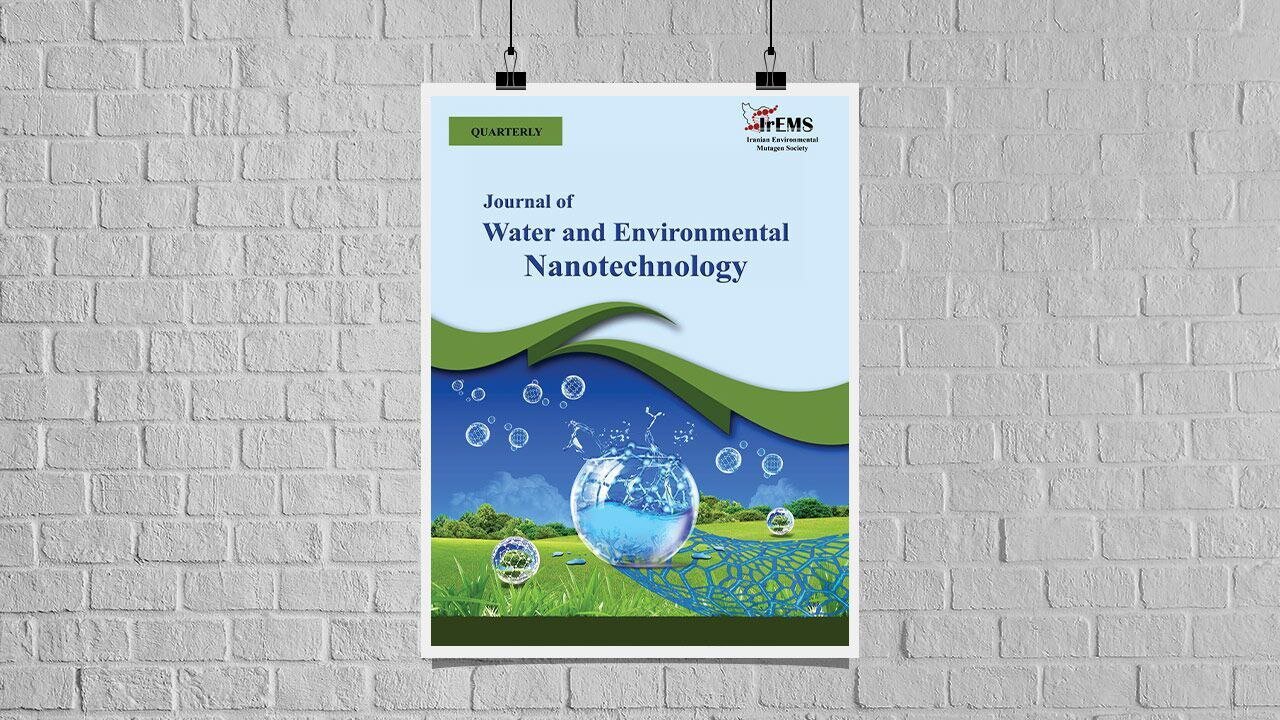JWENT explores AI, nanotech solutions for water, environmental challenges

TEHRAN – The 2026 special issue of the International Journal of Water and Environmental Nanotechnology (JWENT) focuses on exploring innovative and sustainable solutions to address challenges through the convergence of artificial intelligence (AI) and nanotechnology.
This issue of the Journal will include international articles and case studies on the role of AI in expanding and expediting innovation and sustainability in water and environment nanotechnology, IRNA reported.
Using AI for designing and optimizing nanotechnology for water purification, wastewater treatment, and environmental restoration, as well as modeling, simulating, and predicting pollutant removal and treatment efficiency, are among other important topics to be included in the journal.
Other topics will cover developing nano-based smart sensors and Internet of Things (IoT) for real-time monitoring of water and environmental quality, AI-based risk assessment of nanomaterials, and AI, as well as nanotech and biotech systems for sustainable water and environmental applications.
Nanotechnology leaps forward
Iran has made significant progress in nanotechnology over the past year (August 2024 -August 2025), with more than a 100 percent increase in nanotech products exports, indexing 10,860 articles in the Web of Science (WoS), and being ranked sixth in publishing nanotech articles.
Iran’s activities in nanotechnology began in 2001. Two years later, the headquarters for nanotechnology was established to promote knowledge in the field. The first national strategic plan, titled ‘future strategic document’, was developed in 2005, aimed to place Iran among the top 15 countries in the field, focusing on the ongoing improvement of the country’s position to generate wealth and improve people’s quality of life.
Later, the name of the organization changed to ‘nano and micro technology headquarters’ to follow up on its missions and tasks in both fields.
Over the past year, from August 22, 2024, to August 23, 2025, significant measures were taken to improve existing industries, expand and manage sustainable exports and nano-product markets at national, regional, and global levels, promote Iranian made products in regional markets, foster innovation from novel technologies with significant economic and social impacts, maintain the country’s scientific status and improve its authority in nanoscience.
Iran’s nanotechnology products in various industries are classified into 13 main categories including Civil engineering and construction; Optics, electronics, and photonics; Petroleum and petrochemicals; Pharmaceuticals, health, and well-being; home appliances; Power and energy; Raw materials; Chemicals; Textiles and clothing; Equipment; Automotive industry and transportation; Industrial machinery; Agriculture, animal husbandry, and Water, according to data published by the vice Presidency for Science and Technology.
Some 89.6 percent of Iranian nanotechnology products are exported to Asian countries, according to data released by the national headquarters for the development of nanotechnology.
Europe, Africa, America, and Australia are the next destinations with 6.8 percent, 2.5 percent, and 1 percent of imports, respectively.
The data, related to the Iranian calendar year 1402 (March 2023-March 2024), also show that neighboring countries are the primary export destinations for Iran’s nanotechnology products.
Iraq, Turkey, and Afghanistan are the top three importers, holding 23.1 percent, 6.9 percent, and 6.5 percent shares of the imports.
Pakistan, the United Arab Emirates, Russia, China, and India rank next.
MT/MG
